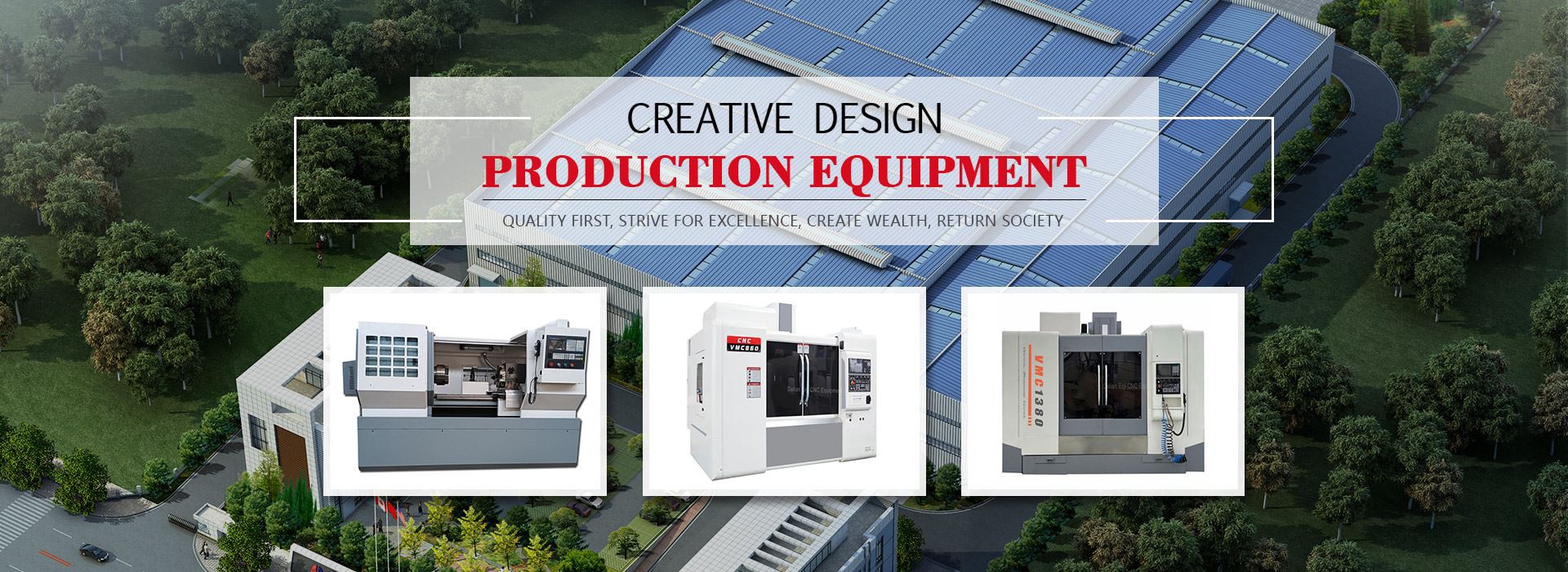What Are The Methods For Resetting A Vertical Machining Center?
Nov 20, 2023
A vertical machining center refers to a machining center with a spindle in a vertical state. Its structural form is mostly a fixed column, and the workbench is rectangular without indexing rotation function. It is suitable for machining disk, sleeve, and plate parts. It generally has three linear motion coordinate axes and can be equipped with a rotary table that rotates along the horizontal axis on the workbench for machining spiral parts. The machining center is easy to install, operate, observe machining conditions, debug programs, and has a wide range of applications. However, due to the limitations of the column height and tool changing device, parts that are too high cannot be machined. When machining cavities or concave surfaces, chips are not easily discharged, and in severe cases, it can damage the tool, damage the machined surface, and affect the smooth progress of machining.
The so-called power on return to zero, in simple terms, is to make the coordinates of the machining center return to the origin position, and then perform subsequent task control and machining operations from this reference point. Provide reference points for subsequent gap compensation, tool compensation, etc. So what are the methods for resetting a vertical machining center?
There are two basic methods for starting and returning to zero operation in vertical machining centers: from the perspective of detection devices and implementation methods, there are mainly two types: grid method returning to zero and magnetic switch.
The grid method and magnetic switch return to zero are the two main ways of returning to zero in CNC machining equipment such as machining centers, and their execution processes and effects are also different. Due to the influence of positioning drift, the magnetic switch return to zero method has poor accuracy and effect in both return to zero. It was only applied in early CNC machining centers and is now less commonly used.
The grid method is mainly used to achieve effective zeroing of machine tool control devices through pulse encoders and grating rulers. Due to its high precision and flexibility, it is currently the main zeroing method for machining centers; It is further divided into two parts: absolute grid method and incremental grid method.
The so-called absolute grid method for zeroing mainly refers to the fact that the machine tool only needs to complete the necessary zeroing steps during debugging to store this information at the zero position for a long time, without the need for repeated operations thereafter. The incremental grid method not only requires manual setting of the coordinate axis, but also requires signal control of the machine tool control device through pulses, and then reverse querying the position of the zero switch to complete the zeroing process.







